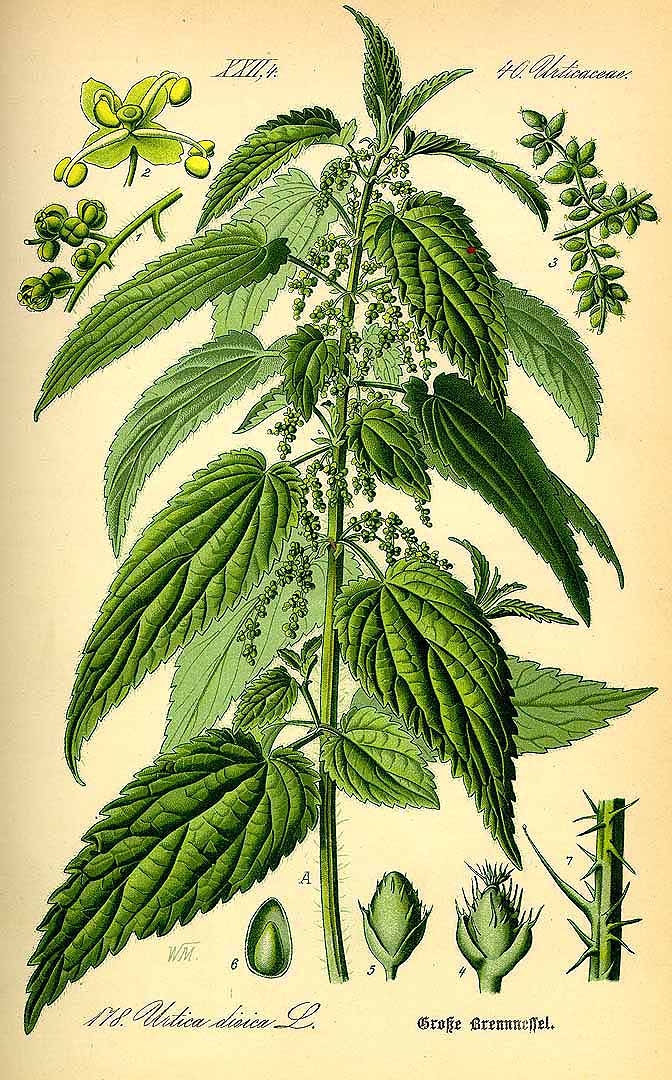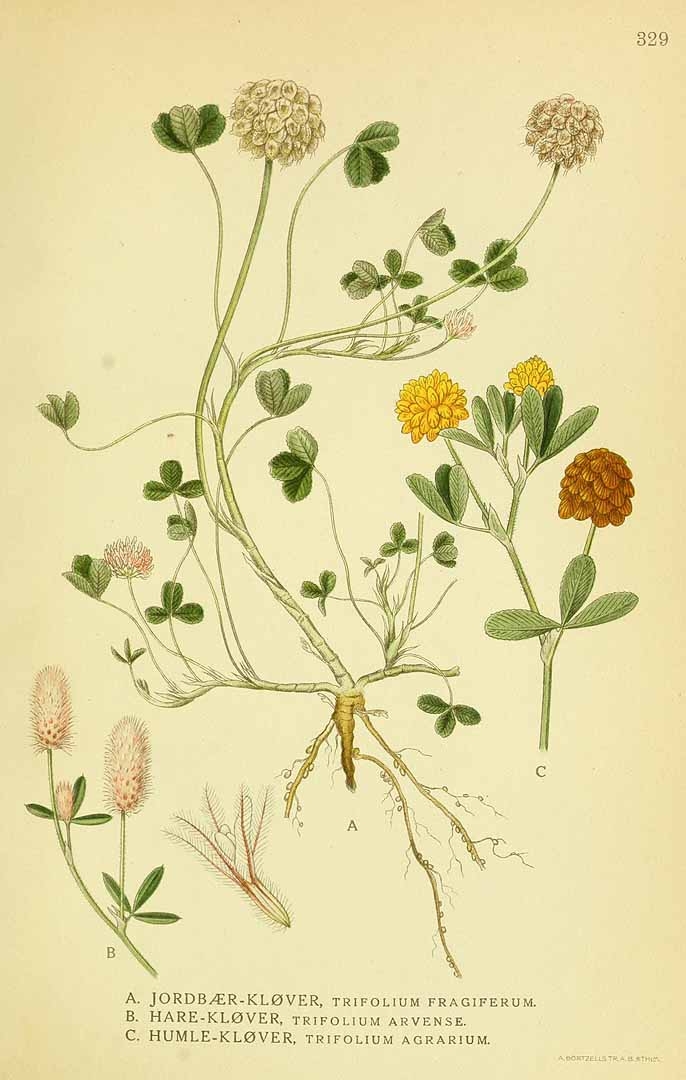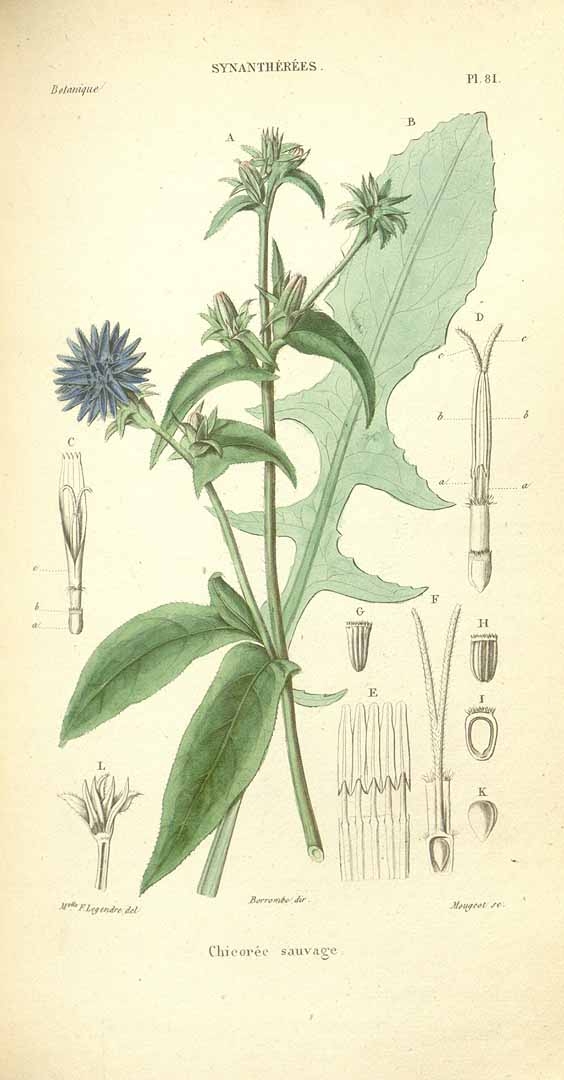10 Edible Wild Plants and Why They’re Good For You
Youre lost in the wilderness. You ate your last cereal bar. Youre starting to feel hungrylets call it starving. You start to consider eating the first thing you could get your hands on, even edible wild plants.
Sounds like a pretty dramatic scenario. Whats the real story?
Maybe you are just thru-hiking on a budget, maybe the next village is several days away, or maybe you just enjoy identifying wild plants. For us, it is a little bit of everything. For our European thru-hike, we set a budget of 10 a day per person. Theres no need to say that this self-serve buffet is a goldmine for us. In addition, in every hiking trip, when every gram counts, finding food on the path is a blessing.
Editor’s Note: If you aren’t 100% sure of what you’re looking at… probably better not to eat it. This article is a reference to help you start identifying edible wild plants, proceed with caution!
Edible wild plants are everywhere you look and have many benefits.

First, it’s free foodbut theres more.
Eating wild plants is a big step towards self-sufficiency, what might be of particular interest when hiking. Knowing where to look and the way to prepare each type of plant you harvested in the wild, you will be ready to survive on free vegetables or at least you will have tried new tastes that you can find in your backyard. Many of those edible wild plants are remarkably nutritious, sometimes much more than greens you can buy in a shop.
But how to choose? What to eat?
Some of those plants are not just edible, but have great health benefits… but others are toxic and can make you extremely ill or even kill you. Before consumption, double check, triple check all of these plants using references such as websites, apps, books, and in-person advice.
Here are 10 edible wild plants to get you started, with photos to help identify.
All of the following have nutritional benefits. They can be found not only in Europe, but in many other parts of the world.
1. Stinging Nettle

Scientific name: Urtica Dioica
Where to find it? It usually grows in moist woodlands, rich soil, thickets, along partly shaded paths and riverbanks.
How to recognize it? Leaves are toothed and tapered. Each sharp and tiny hair that covers the entire plant is filled with formic acid, this is what causes the annoying itch you feel when it pierces your skin.
??Which part to eat? Leaves (young ones taste better), stems and roots. Until dried or cooked, stinging nettle leaves will have those stinging hairs you can eat them raw but only after mashing them. Nettles have a spinach-like taste, they can be added to soups and stews.

Why it is good for you? Nettles are loaded with protein. Additionally they contain high levels of Vitamins A, B and C, and addition to potassium, calcium, zinc, and magnesium. Nettle root can be used for medicinal purposes including helping with urinary ailments. Tea produced from the leaves have high amounts of iron.
2. Elderberry Tree

Scientific name: Sambucus
Where to find it? Numerous species of the shrub known as the elderberry can be found throughout the world. Berries grow during midsummer.
How to recognize it? Elderberry trees are bushes that can reach three meters high and produce small purple-black berries in massive clusters. Branches are almost hollow, filled with kind of a foam. As children, my brother and I used to make blowpipes with it.
??

Which part to eat? The black fruit is edible raw but can be quite tart. Make sure that berries are extremely ripe (deep black color) before eating. To prevent a stomachache, it’s a good idea to not eat more than a handful in one shot. Start slowly and your body will get used to it.
Why it is good for you? The berries are full of potassium, iron, calcium, Vitamin B6 and Vitamin C. Elderberry tree is especially well known as a remedy for colds and flu.
3. Wild Garlic

Scientific name: Allium Ursinum
??Where to find it? Wild garlic can be found in moist shady places, on banks or under hurdles.
How to recognize it? Foliage is hairless and the white-colored flowers form a star. Heres the deal: if you find a plant that looks like garlic and that smells lik
e garlic, well… that’s wild garlic!. If it looks like garlic but doesn’t smell like it, beware! You may have gathered look-alike toxic plant.

Which part to eat? During an extended hike, food can be boring, not seasoned. Wild garlic will save your meals! Every part of a wild garlic clove can be eatenthe long thin leaves, the bulblets on the top, the underground bulbs, and also the blossoms. The bulblets are small cloves the plant sets where it blossoms. Even if every part of the plant is edible, the leaves and stems are among the best parts. Leaves can be added as vegetables to salads or used as a wrap.
Why it is good for you? Garlic is commonly known for its antiviral, antibacterial, and antibiotic qualities. It is rich in phosphorus, Vitamins A and C, copper, calcium, sodium, and iron. Research has also proven that it can reduce blood pressure, therefore the chance of stroke and cardiovascular disease. Although all kinds of garlic have those properties, wild garlic is among the best at lowering blood pressure.
4. Purslane

Scientific name: Portulaca Oleracea
??Where to find it? Purslane grows at the start of summertime and lasts until the beginning of fall. It’s frequently found thriving in cracks of sidewalks and driveways even during the hottest days of summer.
How to recognize it? Its a little plant with yellow flowers and spoon-like leaves with a refreshing taste.
Which part to eat? You can eat leaves, stems and flower buds, raw or boiled. If you want to get rid of the sour taste, boil the leaves before eating. Purslane can be eaten as a cooked vegetable and is great to use in salads, stews or soups.
CAUTION: Hairy-Stemmed Spurge looks similar (with little hair on the stem) but it’s poisonous!

Why it is good for you? Purslane is one of our favorite edible wild plants! And, guess what? It was one of Gandhis favorite foods too! If you thru-hike in Europe (and in other parts of the world) purslane should become your best friend. The leaves contains more omega 3 fatty acids than any other plant on earth, which prevents heart attacks and strengthens the immune system. Purslane is packed with melatonin, it has Vitamins A, B, C, six times more Vitamin E than spinach, includes calcium, magnesium, potassium, iron, plus seven times more beta carotene than carrots.
The best part? Lab studies has proven it anti-mutagenic, meaning they reduce the risk of mutation for human cells, which is how cancer starts.
5. Dandelion
 Scientific name: Taraxacum
Scientific name: Taraxacum
??Where to find it? Dandelions can be found exactly everywhere! Woodlands, rocky fields, your backyard…
How to recognize it? Dandelions have a toothy, deeply-notched, basal leaves that are hairless. The typical dandelion flowerhead has about 150 to 200 yellow ray florets.
Which part to eat? You can eat the entire thing, root, leaves and flower. Eat them raw or cook them to take away the bitterness. They tend to be less bitter in the spring. The leaves can be added to a salad or cooked and the whole plant can be used to make a tea.

Why it is good for you? During a hike, you tend to carry durable, rich and dry foods. Dandelion will help you regulate your digestive transit. It really is an amazing source of minerals, vitamins and antioxidants. For instance, a single cup of raw dandelions gives you 112% of your daily intake of vitamin A and 535% of vitamin K. They’re also packed with vitamin C and beta carotene.
6. Clovers

Scientific name: Trifolium
??Where to find it? Clover grows almost everywhere: grassy areas along roads, weedy meadows, fields, vacant lots, pastures.
How to recognize it? Clover is easily identifiable, as it features a reddish or white round flower head made up of numerous tubular-shaped flowers. Stems have three leaves (four for the lucky ones) and may have a pale chevron on the upper side.

??Which part to eat? It’s worth a few words of warning: Some people are allergic to clover and dont know it yet, so go easy at first until you know what to expect. Then, NEVER ferment any part of clovers before eating it. Clover leaves are edible either totally fresh or totally dried, never in between. You can eat clovers raw, but they taste better steamed or boiled.
Why it is good for you? Even though it might not be that good of a taste, clover is good for you! It contains high level of protein, Vitamin C, most of the B vitamins, and beta carotene. Many cultures have traditionally used clovers to to purify the blood, treat colds, burns, bronchial problems, and skin diseases as psoriasis and eczema.
7. Plantain

Scientific name: Plantago
??Where to find it? Plantain thrives in wet areas but also in meadows, pastures, lawns, roadsides, gardens, and waste areas. It can also survive in alpine areas.
How to recognize it? It has green and egg-shaped leaves which have large stems that meet at the base. Long, slender, green and brown flowers grow from the base.
Which part to eat? You can eat the entire plant, young leaves can be eaten raw or cooked, but they can taste bitter. Preparing them can be boring as its generally preferable (although not required) to remove the stringy filaments before eating.
Why it is good for you? Not only is this a vital edible wild plant for overall good health, this wild weed can be used to treat chronic diarrhea as well as digestive tract disorders. Broadleaf plantain is packed with nutrients and is safe to ingest. If a person chomps on some fresh leaves, these can be applied to the skin to treat minor burns, insect bites or open wounds.
8. Wild Carrot

Scientific name: Daucus Carota
??Where to find it? It is found in dry fields, meadows, waste areas, roadsides and disturbed habitats. They are very hardy.
How to recognize it? The white root that smells like carrot. Flat-topped umbel of white flowers, often with a solitary purple flower in the center.
Which part to eat? Root is edible and tastes like carrots, the first year roots are the best. Be very careful not to confuse Wild Carrot with other similar species, some of which are DEADLY POISONOUS. Make sure the root actually smells like carrots.

Why it is good for you? Wild carrot acts as a diuretic and soothes the digestive tract. A wonderfully cleansing medicine, it supports the liver, stimulates the flow of urine and the removal of waste by the kidneys.
9. Wild Asparagus

Scientific name: Asparagus Officinalis
??Where to find it? The vegetable that makes your pee smell funny can usually be found along ditch banks, riverbanks, in the woods, close to vine fields or next to railroad tracks. The good part? They grow a in gang. When there’s one, there’s plenty more!
How to recognize it? Wild asparagus has a much thinner stalk than the grocery-store variety. If you cut a stalk as close to the ground as possible, a new stalk will grow back.

Which part to eat? Wild asparagus makes me feel at home when I am hiking for several days. It is a vegetable we are used to buying in a shop and eating when the spring comes, but it can also be found in the wilderness. Eat it raw or boil it like you would your asparagus at home. The female plants will eventually sport pretty red berries all over the ferny foliage. The berries are toxic, so dont eat them.
Why it is good for you? Its a great source of source of vitamin C, potassium and Vitamin B1 and B6.
10. Chicory

Scientific name: Cichorium Intybus
??Where to find it? It often stands alone in gravel areas, or open weedy fields. The flowers only open on a sunny day.
How to recognize it? The entire plant can be eaten along with its bright blue flowerswhich can be white or pink as well. At the base, leaves resemble dandelion leaves then become alternately spaced and smaller as they grow higher up on the stem. Leaves are clustered at ground level at the top of a strong carrot-like root. The leaves look much like dandelion leaves, but are thicker and rougher.

Which part to eat? Leaves and root. Although the flower is edible, it is very bitter. The young leaves are edible in salads, as are the blossoms. The roots can be boiled and eaten, though that may take several changes of water. Grind the roots as a coffee substitute.
Why it is good for you? Chicory is well known for its toxicity to internal parasites, ease digestive problems, prevent heartburn, reduce arthritis pains, detoxify the liver and gallbladder, prevent bacterial infections, boost the immune system, and reduce the chances of heart diseases.
This list of edible wild plants isnt exhaustive, there are many more wild plants that can be found, including nuts, berries, mushrooms. Stay tuned for a second post about more wild edible goods!
Which one do you eat? How do you prepare it? We want to know your secret tips and grandmother’s recipes.
Find more of our travelers tips on our website.
This website contains affiliate links, which means The Trek may receive a percentage of any product or service you purchase using the links in the articles or advertisements. The buyer pays the same price as they would otherwise, and your purchase helps to support The Trek's ongoing goal to serve you quality backpacking advice and information. Thanks for your support!
To learn more, please visit the About This Site page.


Comments 3
Please pay special attention to the editor’s note.
In #6, the botanical drawing is of clover but the photograph is of sheep sorrel. Granted, they are both edible, but they’re different plants.
Damn you’re right! Wood Sorrel is for another article!! It’s fixed now 🙂
Thank you!